#downtown Singapore
Explore tagged Tumblr posts
Text

#Singapore#explore Singapore#F1#f1 life#f1 love#formula 1#formula1#lifestyle#lifestyle blog#photography#F1 weekend#SingaporeGP#Marina Bay Circuit#F1 night race#City life#street race#Cityscape#skyline#Downtown
49 notes
·
View notes
Text
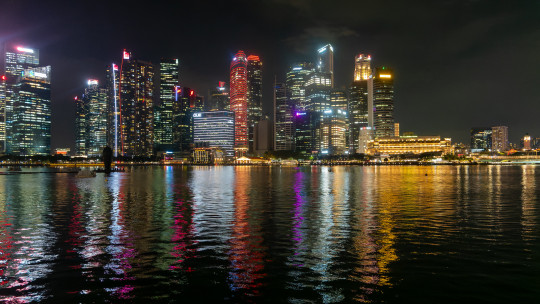
Singapore
#skyline#city#cityscape#beautiful#landscape#buildings#under construction#downtown#highrise#skyscraper#bay#night#singapore
81 notes
·
View notes
Text

This is so sick
#ok I get it when ppl say the sg downtown area doesn’t look real. yeah this is some cyber future shit#Vegas GP has nothing on this#THE night race#f1#singapore gp#the esplanade looks sooooo much cooler than the sphere
10 notes
·
View notes
Video
The Urban People by Henrik Sundholm Via Flickr: Urban People by Kurt Laurenz Metzler, located outside ION, one of the great shopping malls along Orchard Road in Singapore.
#urban people#Kurt Laurenz Metzler#orchard#orchard road#ion#ion orchard#shopping#mall#street#city#urban#downtown#night#shadows#lights#lamps#art#artwork#sculptures#statues#newspaper#reading#reader#steps#prada#louis vuitton#hdr#singapore#southeast#asia
0 notes
Text
Contemporary living in Singapore
Old-world charm fused with modern luxuries at one of the fast-paced hotels near City Hall Singapore with app-controlled mood lighting options at Grand Park City Hall will help you unwind whilst you are on your staycation.
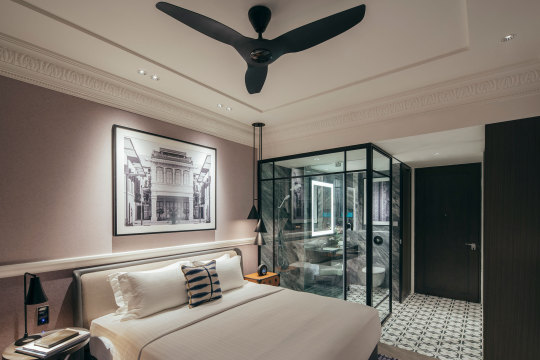
#Grand Park City Hall#Hotels In Downtown Singapore#TravelWithPHG#ParkHotelGroup#LuxuryHotels#Singapore
0 notes
Photo
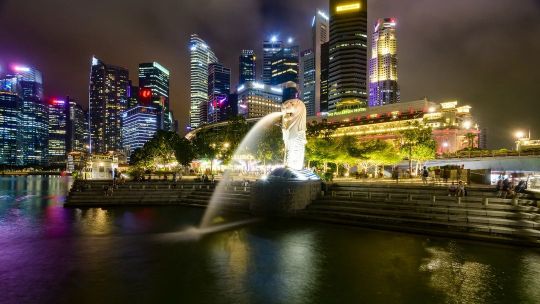
#merlion #merlionpark #singapore #singapore_insta #singapore🇸🇬 #singapure #sgdowntown #downtown #cityscape #cityscapes #citylights #night #lights #singaporemarinabay #marinabay #longexposure #lnightphotography #nightphotographer #landscapesofinstagram #landscapephotographer #landscapes #landscapephotography #singaporelandscape #nikon #nikond850 #nikonphotography #fullertonhotelsingapore (at Singapore Merlion Park) https://www.instagram.com/p/Cny59sYvQcQ/?igshid=NGJjMDIxMWI=
#merlion#merlionpark#singapore#singapore_insta#singapore🇸🇬#singapure#sgdowntown#downtown#cityscape#cityscapes#citylights#night#lights#singaporemarinabay#marinabay#longexposure#lnightphotography#nightphotographer#landscapesofinstagram#landscapephotographer#landscapes#landscapephotography#singaporelandscape#nikon#nikond850#nikonphotography#fullertonhotelsingapore
0 notes
Text

Tracklist:
Singapore • Clap Hands • Cemetery Polka • Jockey Full of Bourbon • Tango Till They're Sore • Big Black Mariah • Diamonds & Gold • Hang Down Your Head • Time • Rain Dogs • Midtown (instrumental) • 9th & Hennepin • Gun Street Girl • Union Square • Blind Love • Walking Spanish • Downtown Train • Bride of Rain Dog (instrumental) • Anywhere I Lay My Head
Spotify ♪ YouTube
#hyltta-polls#polls#artist: tom waits#language: english#decade: 1980s#Singer-Songwriter#Experimental Rock#Blues Rock#Dark Cabaret#Beat Poetry#Jazz-Rock
47 notes
·
View notes
Note
Hey I saw on twitter that you went to Elemental and that it's bad. I was planning on taking my lil sister to it but I'd rather not if it has a bunch of racist shit in it (we're from Singapore). Is it like really really bad?
it's got that formulaic pixar/disney thing going on that the moment the fire girl, Ember, said "Elements cant mix" I legit, out-loud groaned because I knew where it was headed. Music was good, but thats about the only good thing I can unfortunately say about it.
The fire people were distinctly asian, from the way the dad spoke, the music when the fire people appeared.. and the way they were dressed.. and they arrived in a boat to a place that was vaguely fantasy america. The first scene with the fire family was the mom and dad telling this guy at the gates their names, and the ticket guy who was "earth" couldn't pronounce it, and just gave them english names, literally english names, and its played as a joke. The fire family goes around the city looking for an apartment to live in, and everyone shuts their doors on their faces- There was a weird apartheid vibe going on bcos all the other elementals got along, earth, air and water all lived in the same glowing city, while people who were fire lived downtown, and at one point, the camera kind of pans out to show you how wildly different the environment is between fire people and like. The rest of the elements- the racial divide is even more apparent when Ember is in the city outside the fire city bc everyone is colored with cool colors while Ember is often the only thing in frame thats colored warm. It's the typical story where asian culture, which is unfortunately homogenized in this movie, is presented as oppressive, painful, and nothing more than a prop that needs to assimilate to american values-
Ember goes with Wade, the water guy, into the water city, where everything is naturally hostile to her, Wade's family is racist towards Ember, and uncomfortable scenes like "wow, you speak the language so well" is played off for laughs;
Ember's family flees the fire country because of a nebulous storm cloud that is never explained or elaborated on, And the movie never addresses WHY people from the global south flee their homes, it presents the global south as being extremely hostile to the point that people are made to believe that the only option is a slightly less hostile world where everything is alien and people are naturally flippant and dismissive at best, and openly racist at worst.
Throughout the movie, Ember goes into Wade's world and meets people who call her slurs, walks into cities that are naturally dangerous for her to exist in, even in Wade's home she can't step on the floor because there's water everywhere, but its expected of her to just accept this as the way things will be if she is going to date a guy who is not a part of her world- The story ends with Ember leaving her family, and her family's convenience store totally gentrified- as it is with so many stories surrounding asians who immigrate- in everything everywhere all at once, with turning red, with shorts like Bao- The other side of "two worlds story" is never addressed, the side that is trying to grapple with a post colonial world is seen as old fashioned, filled with pain, antiquated and oppressive- The people who are functionally white in these stories are never once asked to unlearn their preconceived notions about the people they have oppressed. Why should they? - it is, fundamentally, a story of assimilation.
255 notes
·
View notes
Text
Singapore’s prosperity has long set it apart from many other former British colonies. There is another difference, too: Singapore has clung to honouring its former colonial ruler — and it wants to keep doing so.
Special accolade has gone to Sir Thomas Stamford Raffles, who is considered to have founded modern Singapore in the early 1800s. For decades, Singapore’s textbooks credited Raffles with transforming the island from a “sleepy fishing village” into a thriving seaport. He has been the central character in a larger official narrative that says imperial Britain had set up Singapore for success as an independent nation.
Dedications to Raffles dot the landscape of Singapore. A business district, schools and dozens of other buildings bear his name. Two 2.5-metre likenesses of the man loom large in downtown Singapore.
But a new statue of Raffles, installed in a park in May, has revived a debate about the legacy of colonialism in Singapore. On one side is the broader establishment, which has held up British colonial rule positively. On the other are those who want a closer inspection of the empire that Raffles represented and the racial inequity he left behind, even as Singapore became wealthy.
This divide has surfaced before, perhaps most prominently a few years ago when Singapore celebrated the bicentennial of Raffles’ arrival on the island. Now, the new statue has set off a fresh debate, with critics pointing out that other countries have for years been taking down monuments to historical figures associated with slavery or imperialism, or both.
“The thing about Raffles is that, unfortunately I think, it has been delivered as a hagiography rather than just history,” said Alfian Sa’at, a playwright who wants to see the Raffles statues destroyed. “It’s so strange — the idea that one would defend colonial practice. It goes against the grain on what’s happening in many parts of the world.”
The new statue of Raffles stands next to one of his friend Nathaniel Wallich, a Danish botanist, at Fort Canning Park. Tan Kee Wee, an economist who pooled $330,000 with his siblings to commission the statues, said he wanted to commemorate the pair’s role in founding Singapore’s first botanic gardens, which were his frequent childhood haunt. He donated the sculptures in his parents’ name to the National Parks Board.
Opponents have also criticised the government for allowing the statue to go up at the park because it was the site of the tomb of precolonial Malay kings. The parks board said it considered historical relevance in the installation of the sculptures.
Questions about the statue have even been raised in Singapore’s parliament. In June, Desmond Lee, the minister for national development, responded to one by saying that Singapore did not glorify its colonial history. At the same time, Lee added, “We need not be afraid of the past.”
The plaque for the Raffles statue explains how Singapore’s first botanic gardens “cultivated plants of economic importance, particularly spices”. That, critics said, was a euphemism for their actual purpose: cash crops for the British Empire.
Tan defended the legacy of British colonialists in Singapore, saying they “didn’t come and kill Singaporeans”.
He added: “Singapore was treated well by the British. So why all this bitterness?”
Far from benign
But colonial Britain was far from benign. For instance, it treated nonwhite residents of Singapore as second-class citizens. Raffles created a town plan for Singapore that segregated people into different racial enclaves. And he did not interact with the locals, said Kwa Chong Guan, a historian.
“He was very much a corporate company man, just concerned with what he assumed to be the English East India Co’s interests,” Kwa said.
Raffles landed in Singapore in 1819 as Britain was looking to compete with the Dutch in the Malacca Strait, a crucial waterway to China. At the time, Singapore was under the sway of the kingdom of Johor in present-day Malaysia. Raffles exploited a succession dispute in Johor to secure a treaty that allowed the East India Company to set up a trading post in Singapore.
Within a handful of years, Singapore was officially a British territory. Convict labour, largely from the Indian subcontinent, was crucial to its economic development. So, too, were Chinese immigrants, which included wealthy traders and poor labourers.
Singapore achieved self-governance in 1959, then briefly joined Malaysia before becoming an independent republic in 1965. It has since built one of the world’s most open economies and among its busiest ports, as well as a bustling regional financial hub.
In recent years, the government has acknowledged, in small ways, the need to expand the narrative of Singapore’s founding beyond Raffles. Its textbooks now reflect that the island was a thriving centre of regional trade for hundreds of years before Raffles arrived.
In 2019, officials cast the commemoration of Raffles’ arrival as also a celebration of others who built Singapore. A Raffles statue was painted over as if to disappear into the backdrop. Placed next to it, though only for the duration of the event, were four other sculptures of early settlers, including that of Sang Nila Utama, a Malay prince who founded what was called Singapura in 1299.
To some historians and intellectuals, such gestures are merely symbolic and ignore the reckoning Singapore needs to have with its colonial past. British rule introduced racist stereotypes about nonwhites, such as that of the “lazy” Malay, an Indigenous group in Singapore, that has had a lasting effect on public attitudes. Colonialism led to racial divisions that, in many ways, persist to this day in the city-state that is now dominated by ethnic Chinese.
“If you only focus on one man and the so-called benevolent aspect of colonialism, and you don’t try to associate or think about the negative part too much, isn’t that a kind of blindness, or deliberate amnesia?” said Sai Siew Min, an independent historian. (Story continues below)
Role of race
Race relations played a role in Raffles’ ascension in Singaporean lore. Soon after Singapore became independent, the governing People’s Action Party — which remains in power decades later — decided to officially declare Raffles the founder of Singapore. Years later, S Rajaratnam, who was then the foreign minister, said that anointing a Malay, Chinese or Indian as its founder would have been fraught.
“So we put up an Englishman — a neutral, so there will be no dissension,” Rajaratnam said.
The decision was also meant to indicate that Singapore remained open to the West and free markets.
In a 1983 speech, Rajaratnam acknowledged that Raffles’ attitude toward the “nonwhite races was that without British overlordship the natives would not amount to much”.
Critics of the Raffles statues also argue that his legacy should reflect his time on the island of Java. Although Raffles outlawed slavery in Singapore, he allowed trading of slaves in Java, including children as young as 13, according to Tim Hannigan, who wrote a book about Raffles.
The new statues of Raffles and Wallich were created by Andrew Lacey, a British artist. The sculptures evoke the two men as apparitions — symbolism that Lacey said represented the world’s evolution away from the West.
Lacey said he had “wrangled” with the public reaction toward his sculptures and he had no qualms if Singaporeans wanted to take them down, destroy them or replace their heads with the Malay gardeners who were instrumental in creating the botanic gardens.
“I was cognisant of the complexities of making any dead white male,” he said of Raffles. “I wasn’t cognisant of the degree of complexity around him.”
15 notes
·
View notes
Text

Striking a pose as we were crossing the street from Esplanade to the Padang, I love the downtown core of Singapore.
0 notes
Text
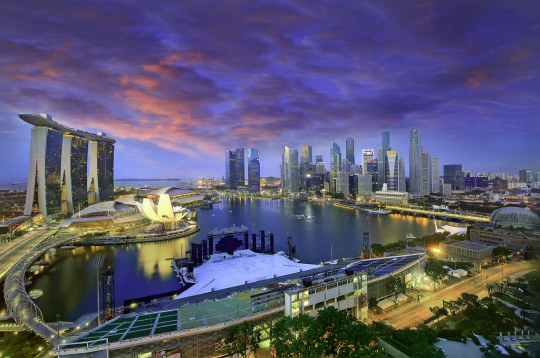
Singapore
#skyline#city#cityscape#beautiful#landscape#buildings#under construction#downtown#clouds#night#sunset#singapore#highrise#skyscraper
24 notes
·
View notes
Text
Thinking about Charles Leclerc coming to Singapore for the first time in his life staying in the downtown core seeing the night lights and meeting some sexy hunk in the swanky hotel sky pool
94 notes
·
View notes
Video
The ION Link by Henrik Sundholm Via Flickr: A street view of the ION Orchard mall in Singapore.
#mall#entrance#ion orchard link#orchard#city#urban#downtown#night#street#architecture#builing#ion orchard#steps#stairs#glass#reflections#shopping#stores#shops#hdr#railiing#orchard road#singapore#southeast#asia#flickr
0 notes
Text
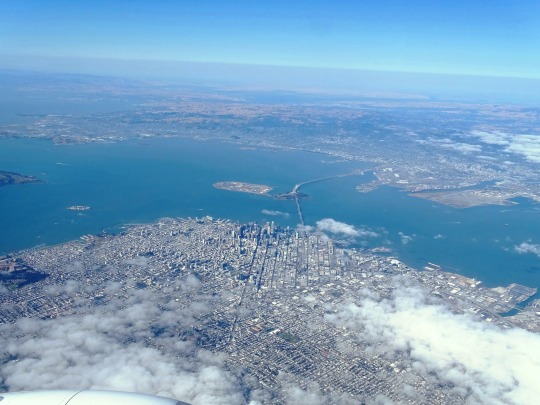
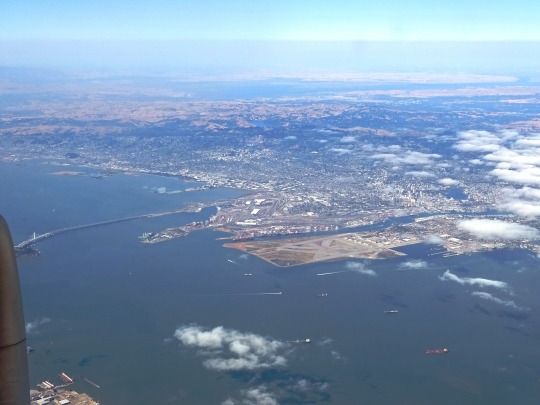
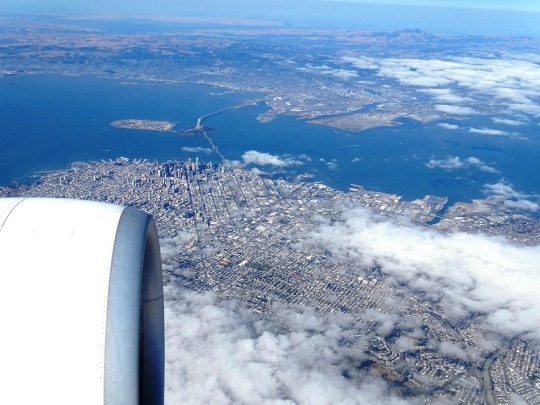
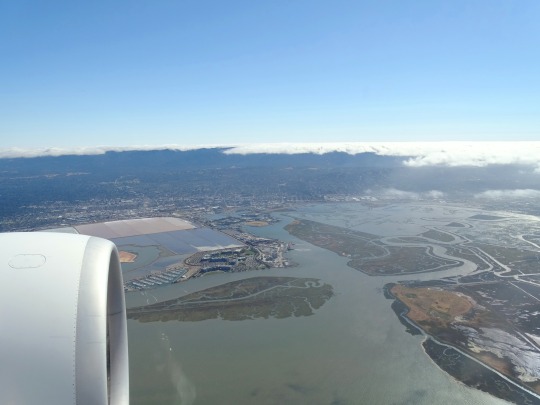
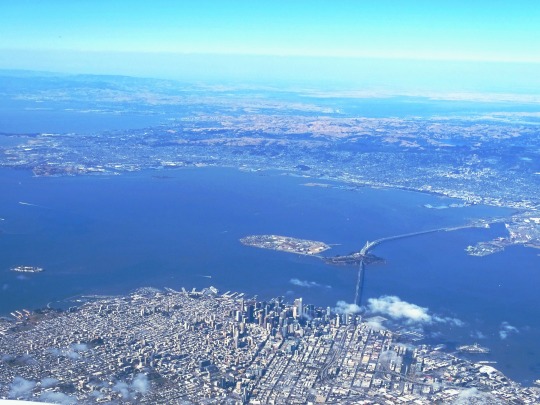
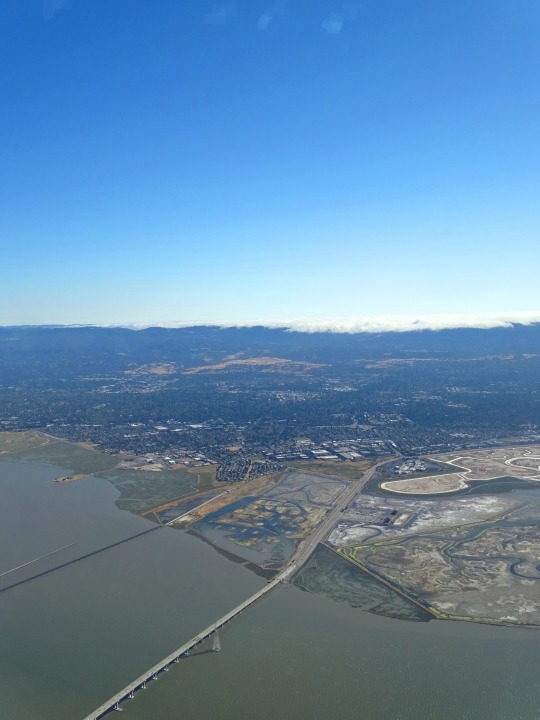
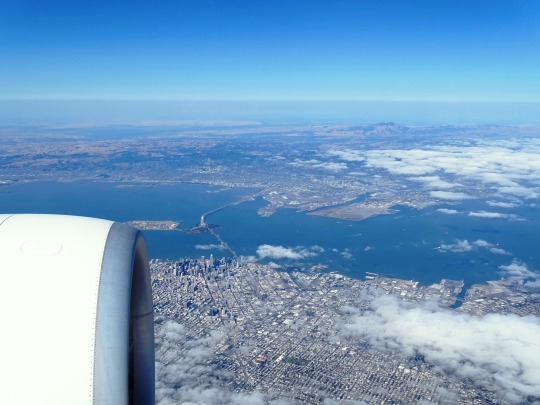
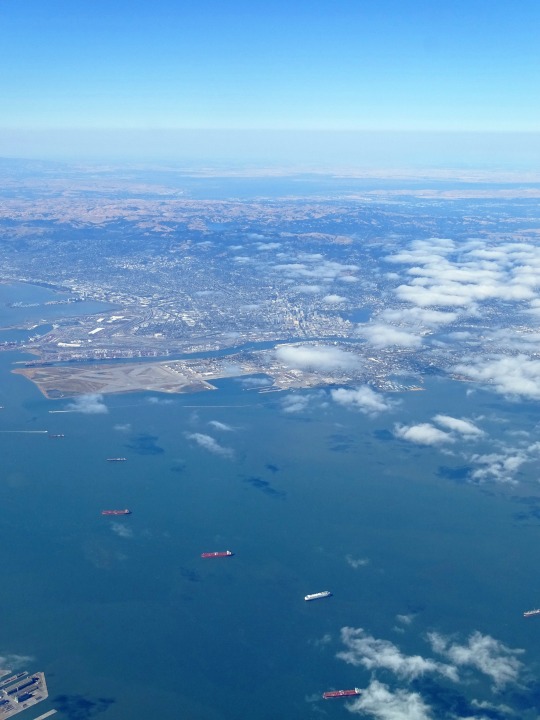
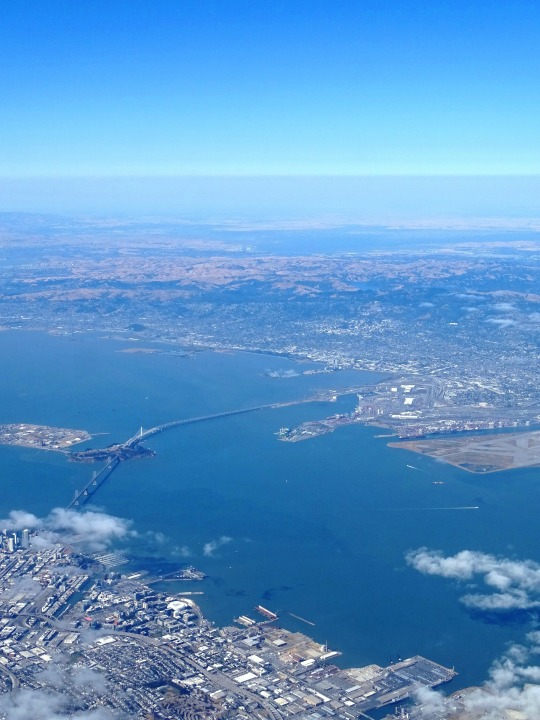
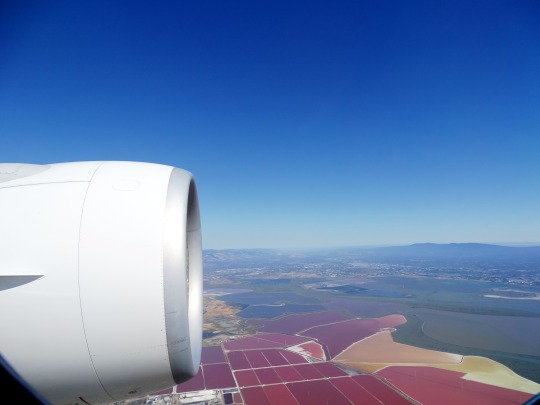
Flying West (No. 6)
San Francisco and the surrounding San Francisco Bay Area are a global center of economic activity and the arts and sciences, spurred by leading universities, high-tech, healthcare, finance, insurance, real estate, and professional services sectors. As of 2020, the metropolitan area, with 6.7 million residents, ranked 5th by GDP ($874 billion) and 2nd by GDP per capita ($131,082) across the OECD countries, ahead of global cities like Paris, London, and Singapore. San Francisco anchors the 13th most populous metropolitan statistical area in the United States with 4.6 million residents, and the fourth-largest by aggregate income and economic output, with a GDP of $729 billion in 2022. The wider San Jose–San Francisco–Oakland Combined Statistical Area is the nation's fifth-most populous, with around nine million residents, and the third-largest by economic output, with a GDP of $1.32 trillion in 2022. In the same year, San Francisco proper had a GDP of $252.2 billion, and a GDP per capita of $312,000. San Francisco was ranked fifth in the world and second in the United States on the Global Financial Centres Index as of September 2023. Despite a continuing exodus of businesses from the downtown area of San Francisco,[43][44] the city is still home to numerous companies inside and outside of technology, including Salesforce, Uber, Airbnb, X Corp., Levi's, Gap, Dropbox, and Lyft.
In 2022, San Francisco had more than 1.7 million international visitors – the fifth-most visited city from abroad in the United States after New York City, Miami, Orlando, and Los Angeles – and approximately 20 million domestic visitors for a total of 21.9 million visitors. The city is known for its steep rolling hills and eclectic mix of architecture across varied neighborhoods, as well as its cooling summers, fog, and notable landmarks, including the Golden Gate Bridge, cable cars, and Alcatraz, along with the Chinatown and Mission districts. The city is home to a number of educational and cultural institutions, such as the University of California, San Francisco, the University of San Francisco, San Francisco State University, the San Francisco Conservatory of Music, the de Young Museum, the San Francisco Museum of Modern Art, the San Francisco Symphony, the San Francisco Ballet, the San Francisco Opera, the SFJAZZ Center, and the California Academy of Sciences. Two major league sports teams, the San Francisco Giants and the Golden State Warriors, play their home games within San Francisco proper. San Francisco International Airport (SFO) offers flights to over 125 destinations while a light rail and bus network, in tandem with the BART and Caltrain systems, connects nearly every part of San Francisco with the wider region.
Source: Wikipedia
#Don Edwards San Francisco Bay National Wildlife Refuge#Cargill Salt#San Francisco Bay Area#San Francisco#Oakland#Berkeley#Pacific Ocean#Golden Gate#San Francisco–Oakland Bay Bridge#Alcatraz Island#travel#original photography#vacation#tourist attraction#landmark#architecture#landscape#countryside#on board#plane#USA#deep blue sky#clouds#California#West Coast#farmland#fields#nature#flora#ships
6 notes
·
View notes







